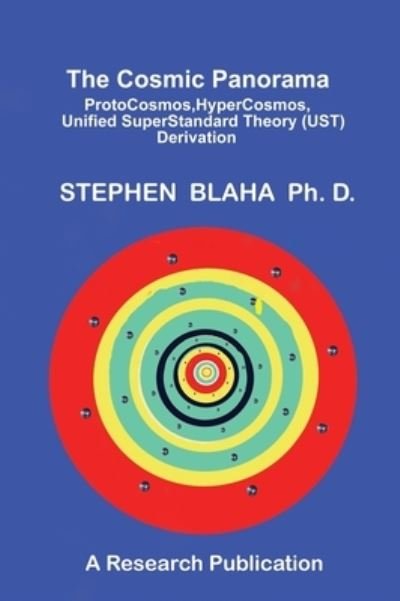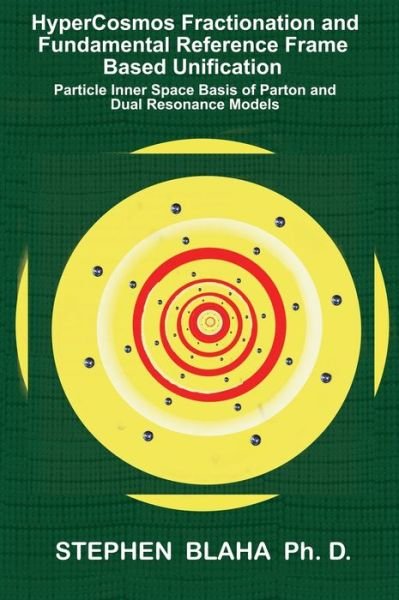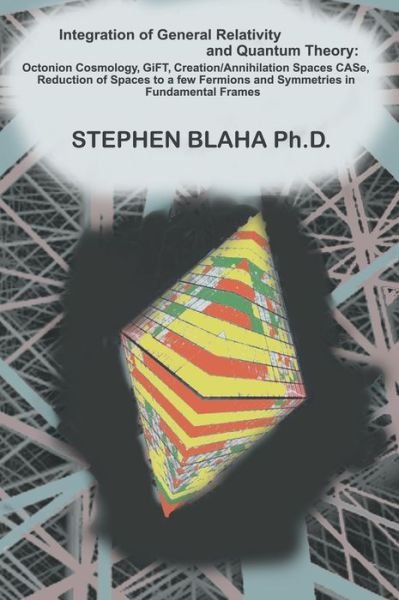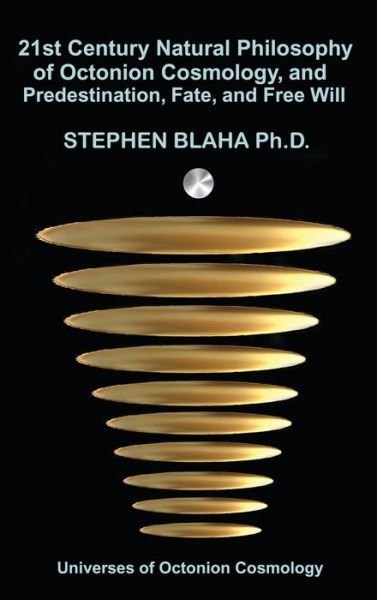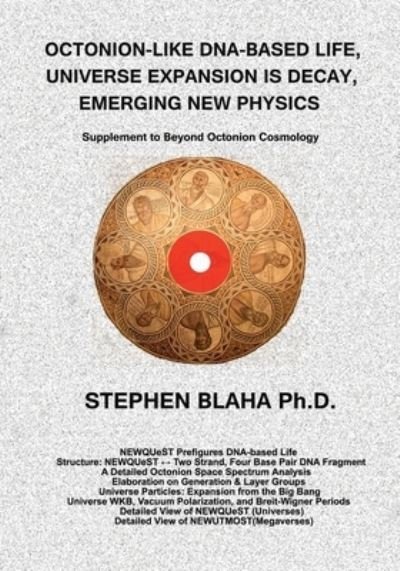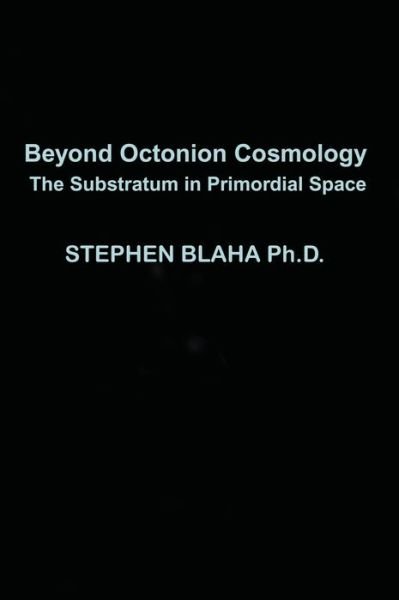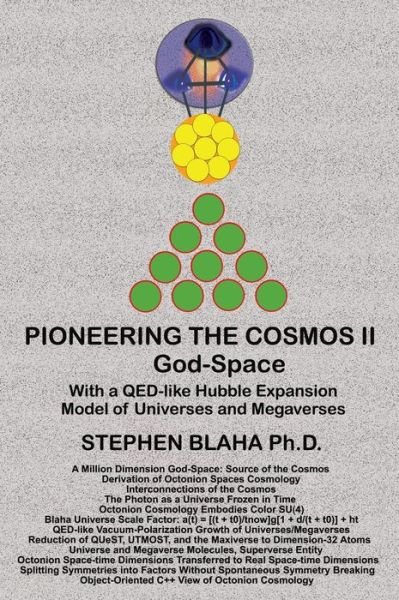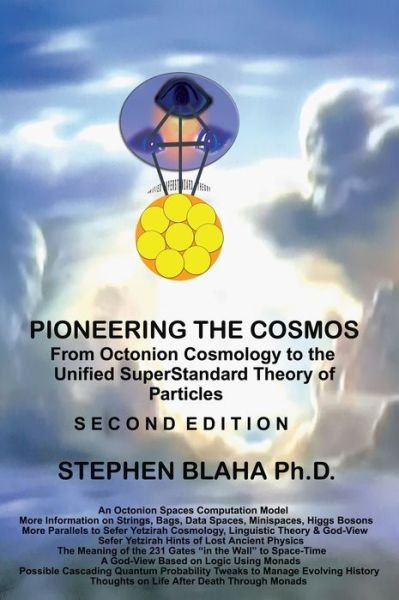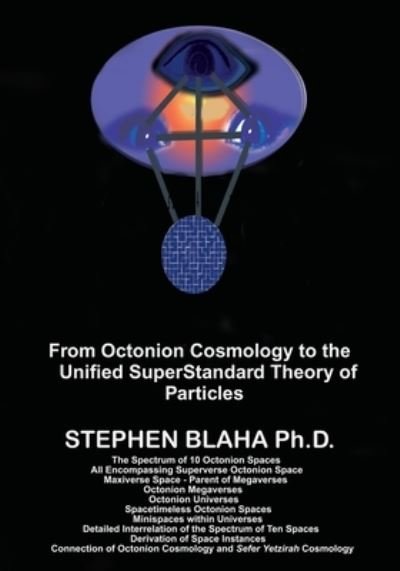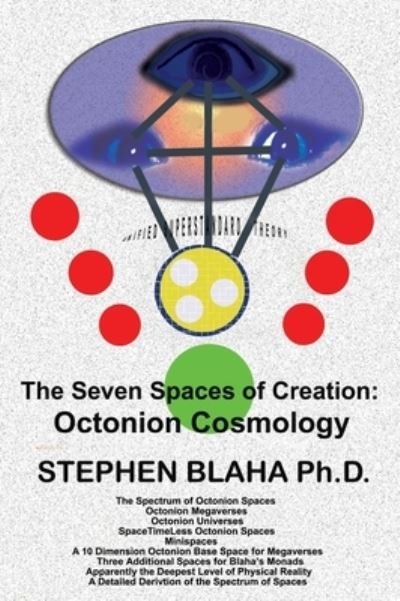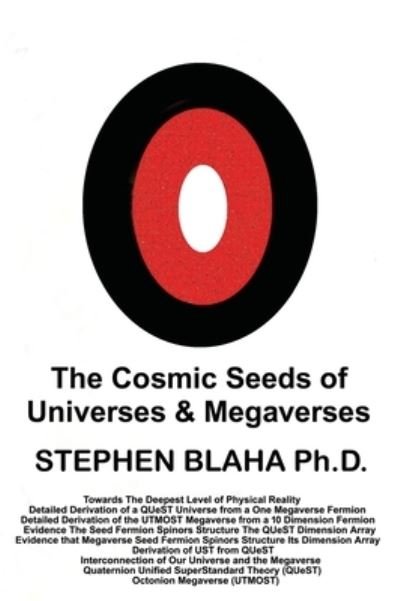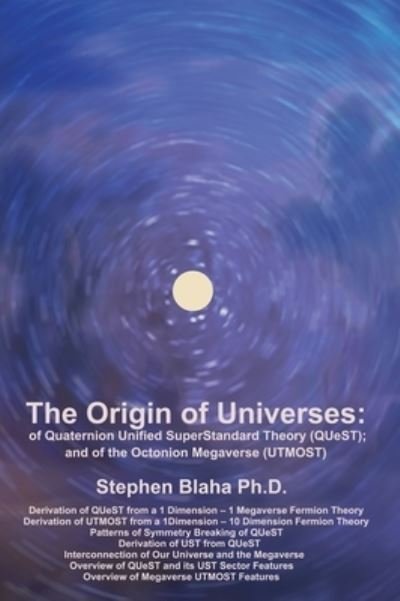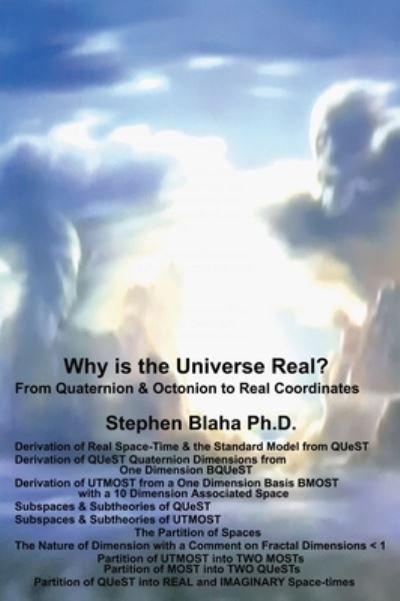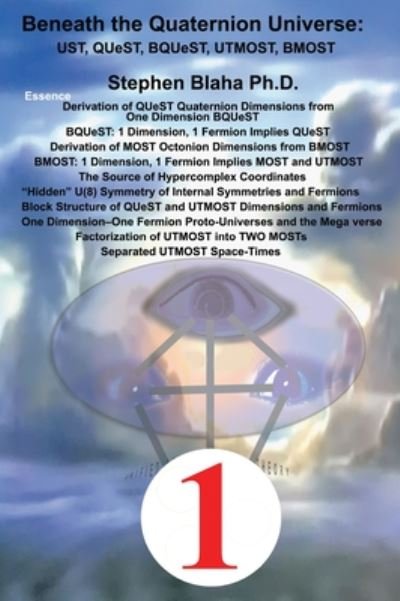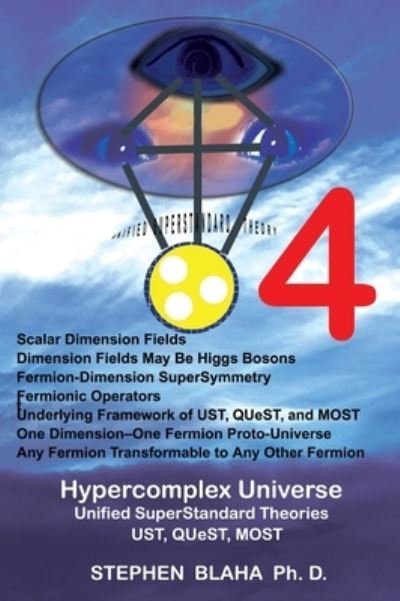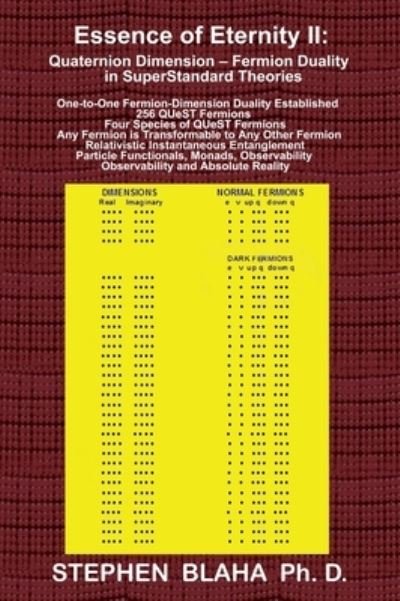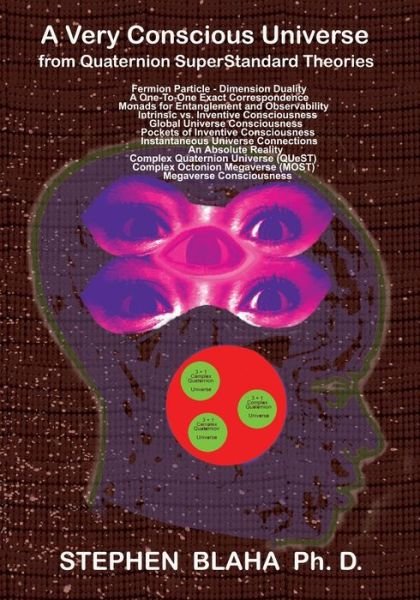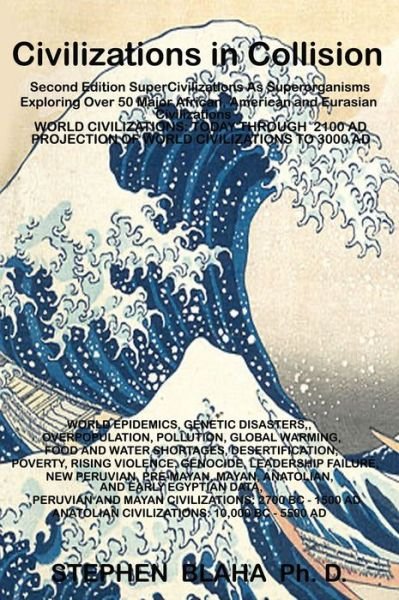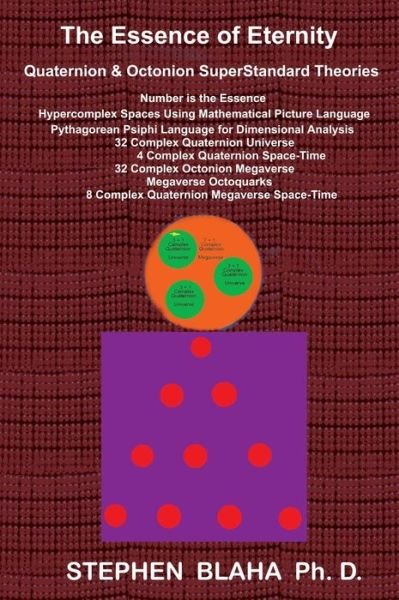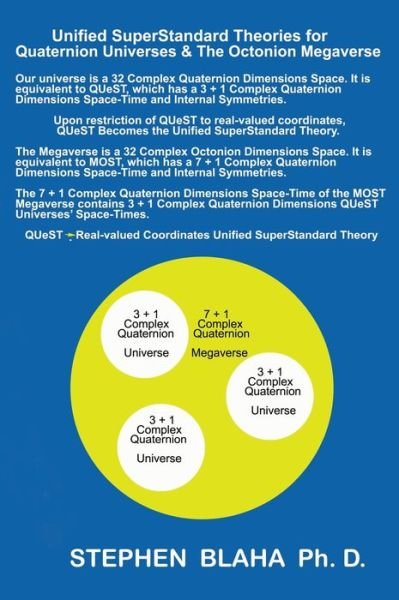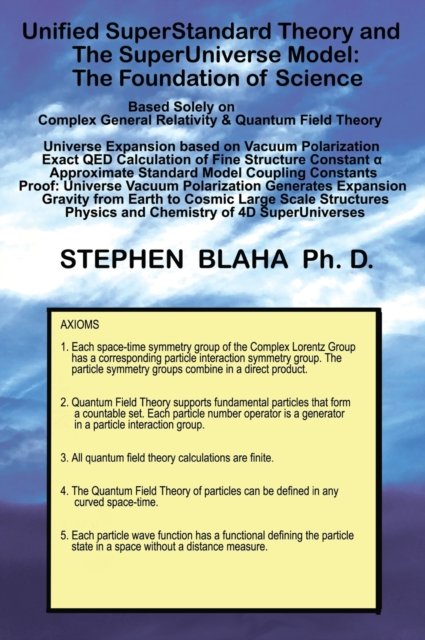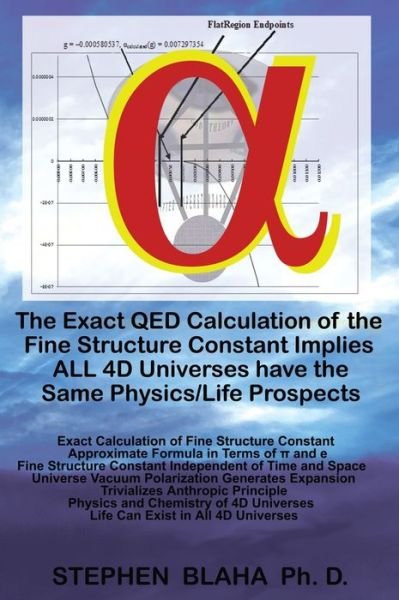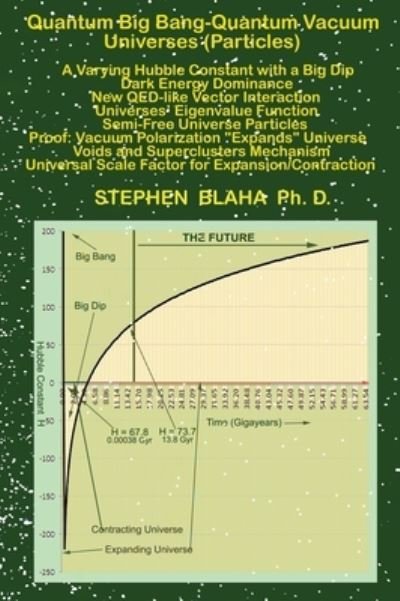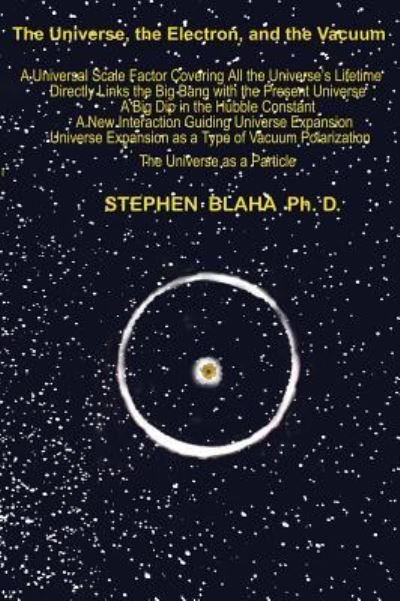
Tell your friends about this item:
Cosmos and Consciousness: Quantum Computers, Superstrings, Programming, Egypt, Quarks, Mind Body Problem, and Turing Machines
Stephen Blaha
Cosmos and Consciousness: Quantum Computers, Superstrings, Programming, Egypt, Quarks, Mind Body Problem, and Turing Machines
Stephen Blaha
This is the Second Edition of Cosmos and Consciousness. There are three versions with identical content but different packaging: the version with ISBN 0972079513 is a compact 6 x 9 inch soft cover; the version with ISBN 0972079556 is a compact 6 x 9 inch hard cover; and the version with ISBN 0972079548 is a larger (7.5 x 9.25 inches) more attractive soft cover version. Click on the All Editions link to see the display of all the versions.
Cosmos and Consciousness presents a simple idea with potentially profound implications not only for Science but also for Philosophy. It develops a new foundation, at both a popular, and a technical level, for current fundamental theories of elementary particles, the Standard Model and SuperString Theory.
Both of these theories can be placed on a quantum computer language foundation. The idea: elementary particles such as electrons, quarks and so on can be viewed as the "letters" or symbols of a cosmic alphabet, or cosmic code, in a computer grammar (language). A new view of reality emerges from this perspective: the universe is one "tremendous" word. This new theoretical basis is consistent with all known physical experiments and theory.
Cosmos and Consciousness explores this challenging idea showing how fundamental physics theories can be based on quantum computer languages, and incidentally developing many new features of Quantum Computers. A Quantum Computer is a type of computer that is based on quantum mechanics. One of its most important features is that "computations" take place probabilistically. A quantum computation does not have one result or answer; there is a spectrum of results with each result having a certain quantum probability of being produced by the Quantum Computer. When two particles collide, as they do in particle accelerators, a "particle" Quantum Computer produces a spectrum of possible output particle states - each with its own probability of being produced.
The obvious analogy of "the universe as a word" to religious and philosophical concepts such as the "Word" leads to a comparison of this view with parallel ideas in these disciplines. It brings Science to a startling similarity with the religious concept of the Word - a concept that is not only Christian but is also prominent in Judaism, and was prominent even earlier in the Ancient Egyptian religion 5000 years ago.
With the universe reduced to a word - structured by the laws of physics - and matter reduced to symbols the book shows the insubstantiality of the universe in its most fundamental parts. Human Consciousness is similarly insubstantial. So
Cosmos and Consciousness then analyzes human Consciousness and shows it can be viewed as a classical probabilistic computer. A classical probabilistic computer is similar to a Quantum Computer with the main practical difference being that its probabilities are not quantum but classical in origin.
The author shows that the relation between consciousness and the brain is analogous to the relation of a personal computer Windows display and the computer's brain - the chips and electronics. The computer display normally shows no evidence of the electronics generating it just as consciousness shows no evidence of the brain electronics that it is based on.
The book develops "Personified Physics" - an extension of the conventional idea of the quantum mechanical observer to include other aspects of Consciousness such as Free Will. The result is a unified view of Man and the universe. Man (i.e. intelligent life) is implicit in the most fundamental laws of Physics.
Along the way many interesting side topics are explored such as communication with other semi-intelligent earth species, communication with aliens through Project SETI, the nature of communication and language, the origin of symbols such as the Egyptian ankh in natural phenomena, and the nature of physical theories.
The book has many parts that can be easily handled by the non-technical reader. One interesting chapter presents astronomical and archaeological data (obtained during the author's trip to Egypt) suggesting the ankh hieroglyphic may have originated in a giant Megacomet that appeared in the skies of Egypt between 7,000 and 10,000 years ago.
This book should be of interest to the layman, archaeologists, physicists, computer scientists, mathematicians, and students of Consciousness. The style is simple, clear, easy reading except for some technical chapters.
The book presents frontier results in a way that should appeal to many readers.
| Media | Books Paperback Book (Book with soft cover and glued back) |
| Released | June 17, 2002 |
| ISBN13 | 9780972079518 |
| Publishers | Janus Associates Inc. |
| Pages | 292 |
| Dimensions | 150 × 230 × 20 mm · 439 g |
| Language | English |
More by Stephen Blaha
See all of Stephen Blaha ( e.g. Hardcover Book , Paperback Book and Book )

 Christmas presents can be returned until 31 January
Christmas presents can be returned until 31 January


